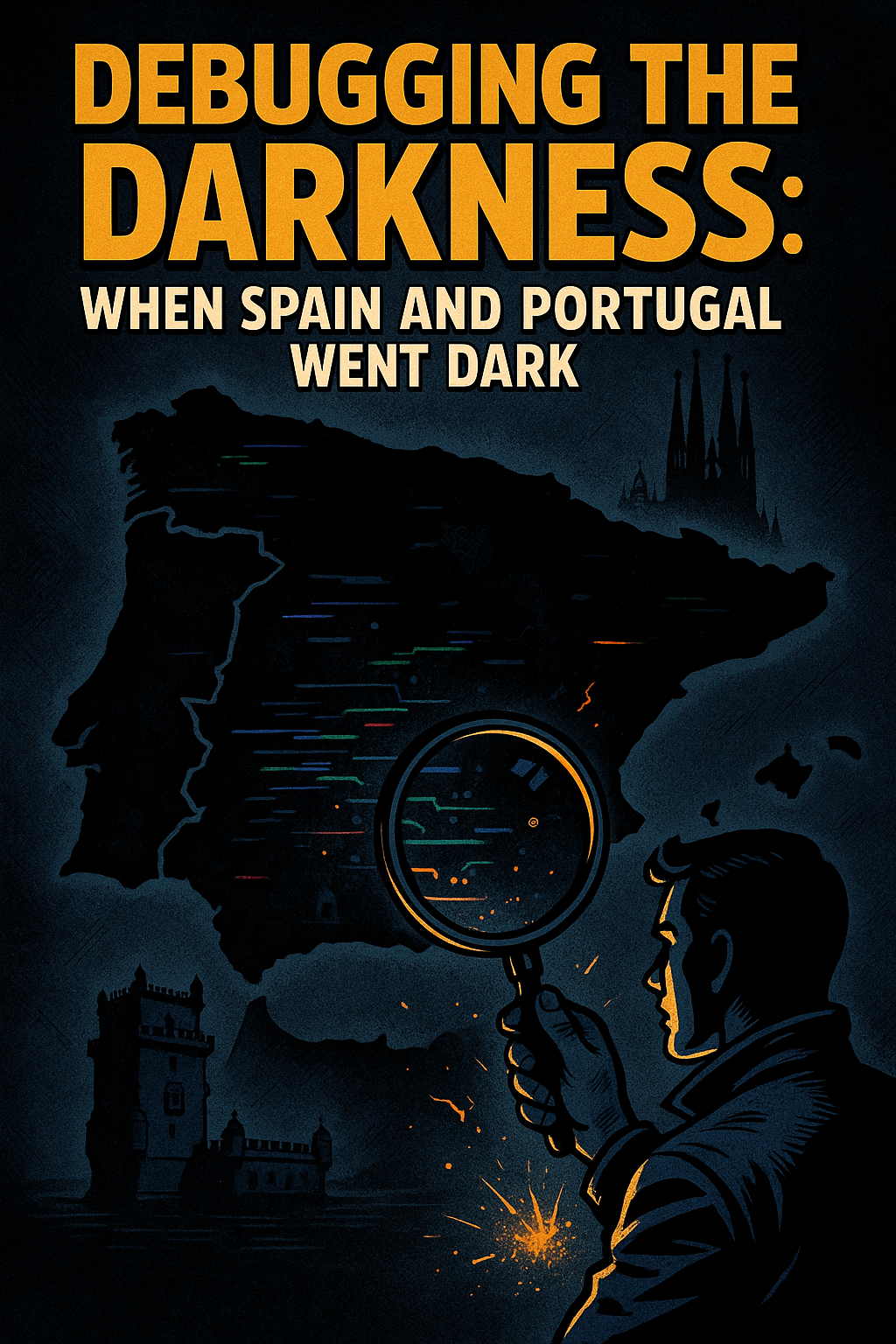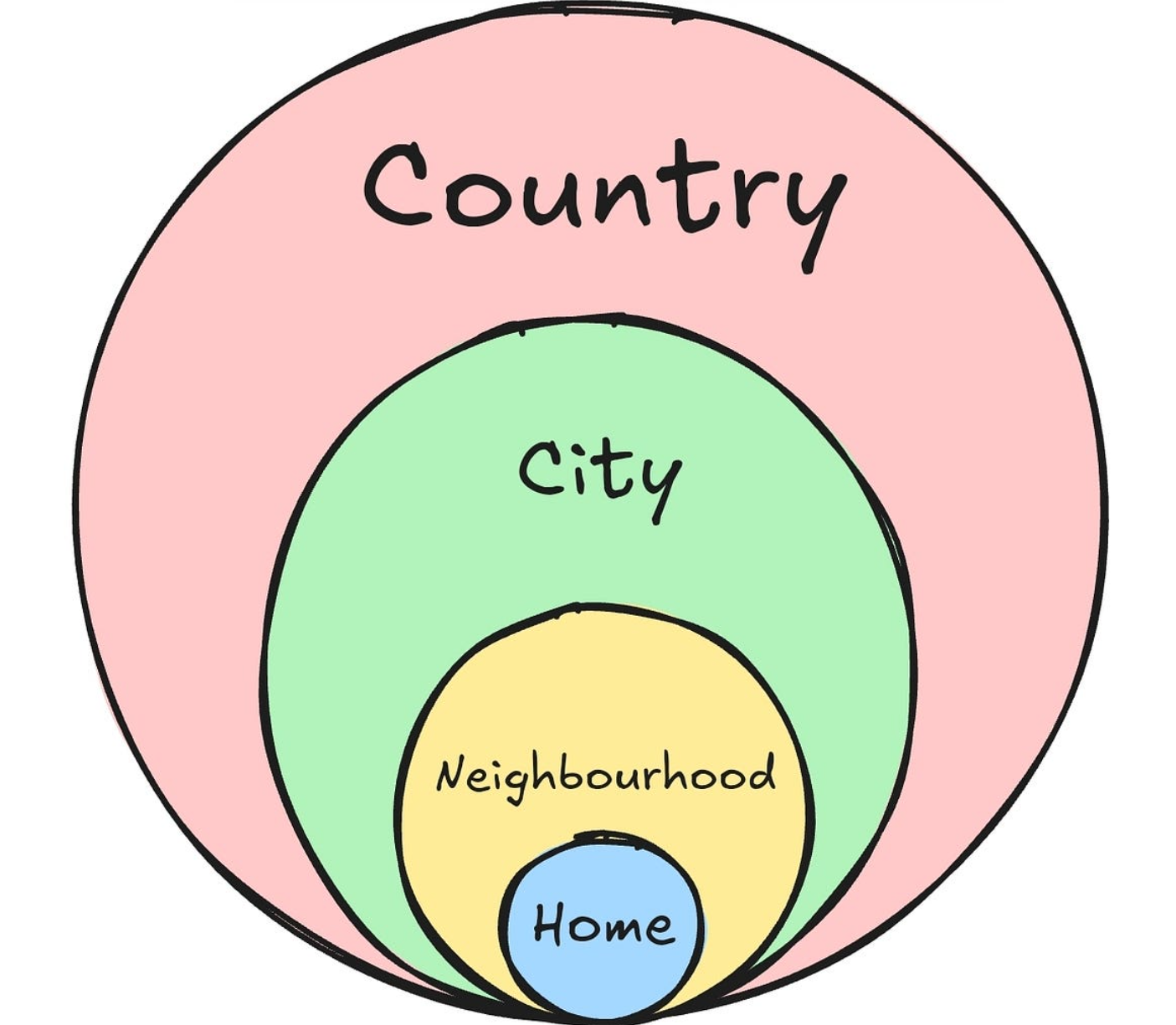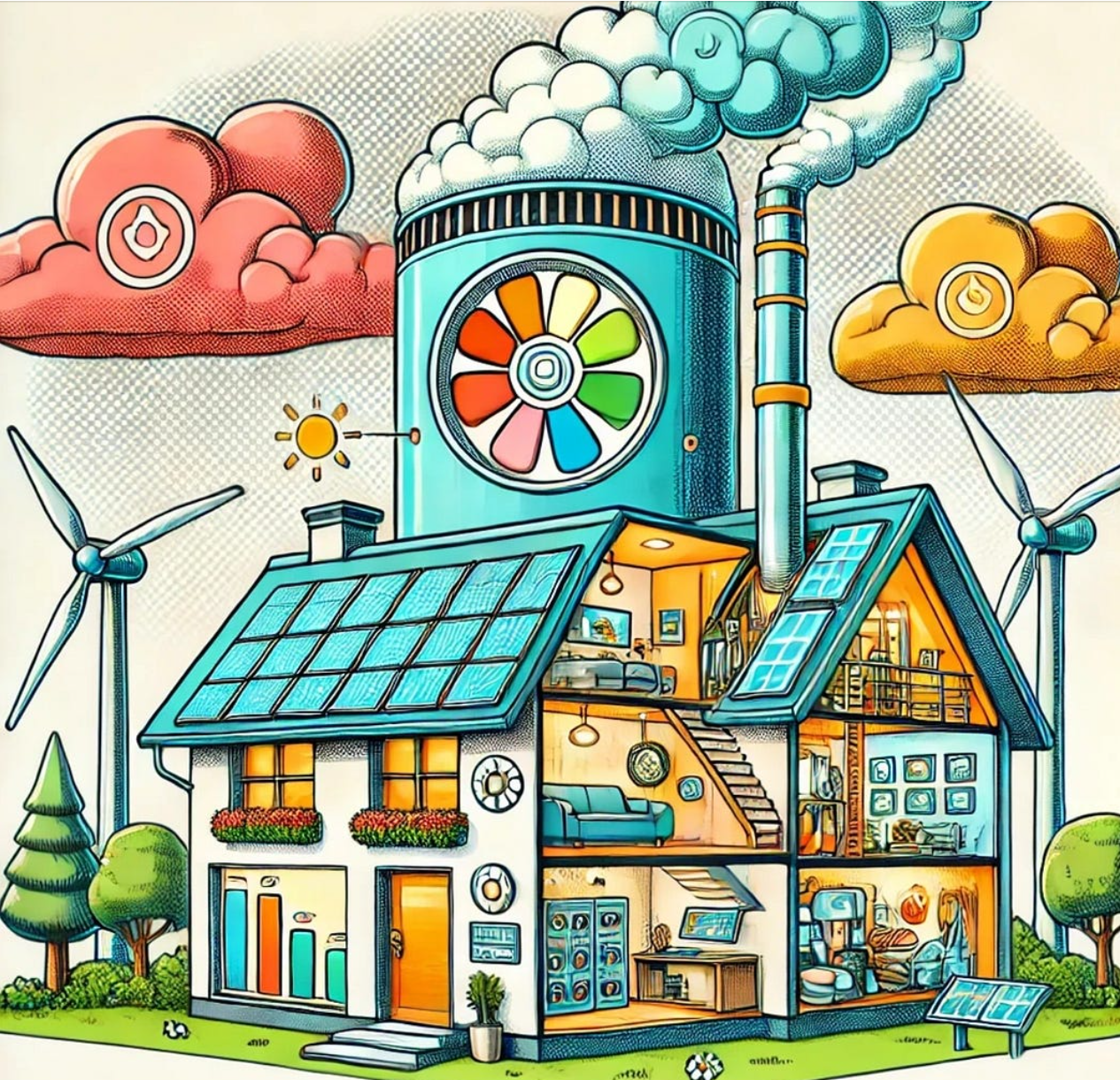Debugging the Darkness: When Spain and Portugal Went Dark
Today, as I was sipping my morning coffee and planning a quick check on my solar house projects, the news broke: a massive blackout swept across Spain and Portugal. Airports closed, metros stopped mid-tunnel, and-most importantly for the local butchers and ice-cream shops-fridges and freezers went dark. It’s the kind of event that makes...


